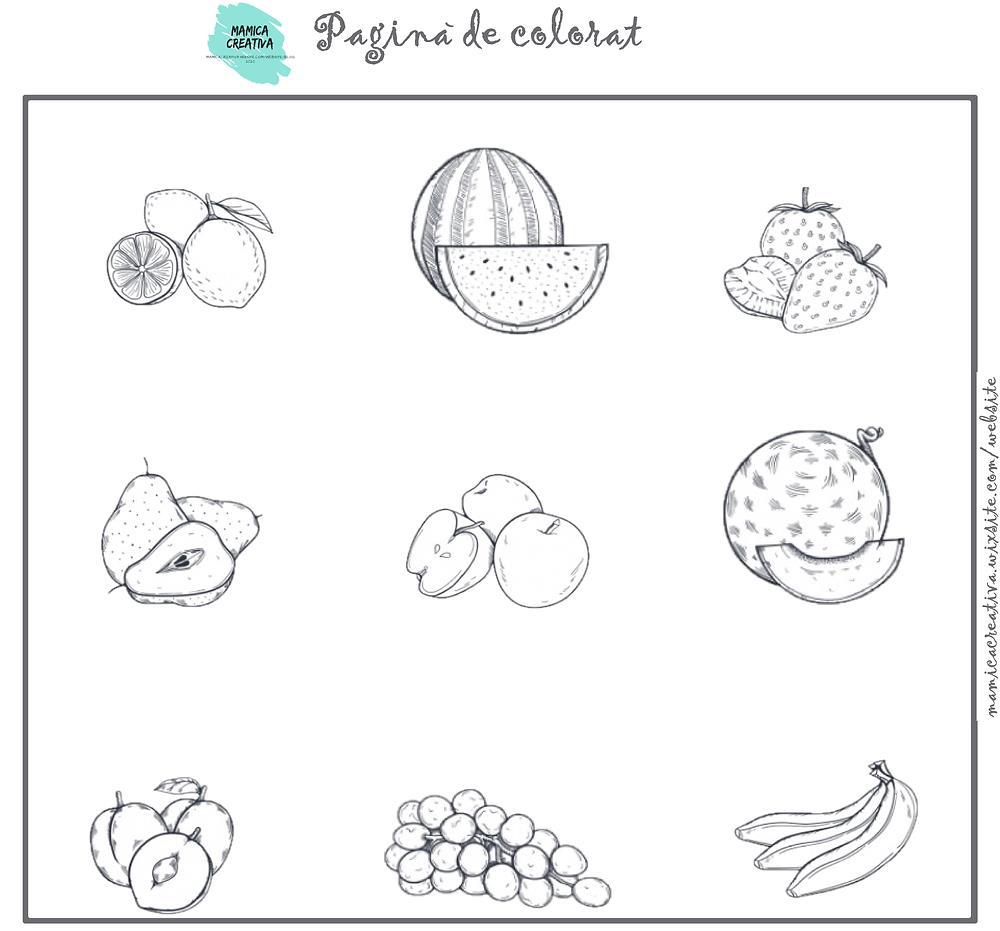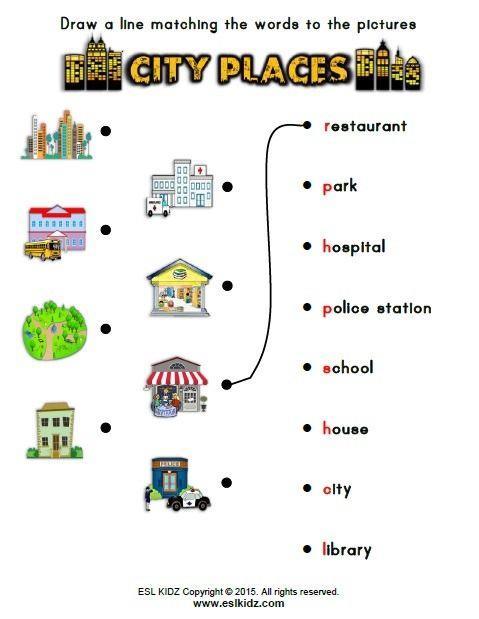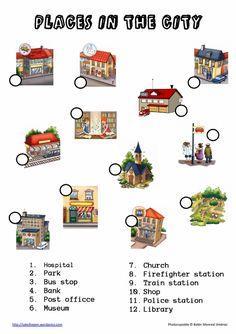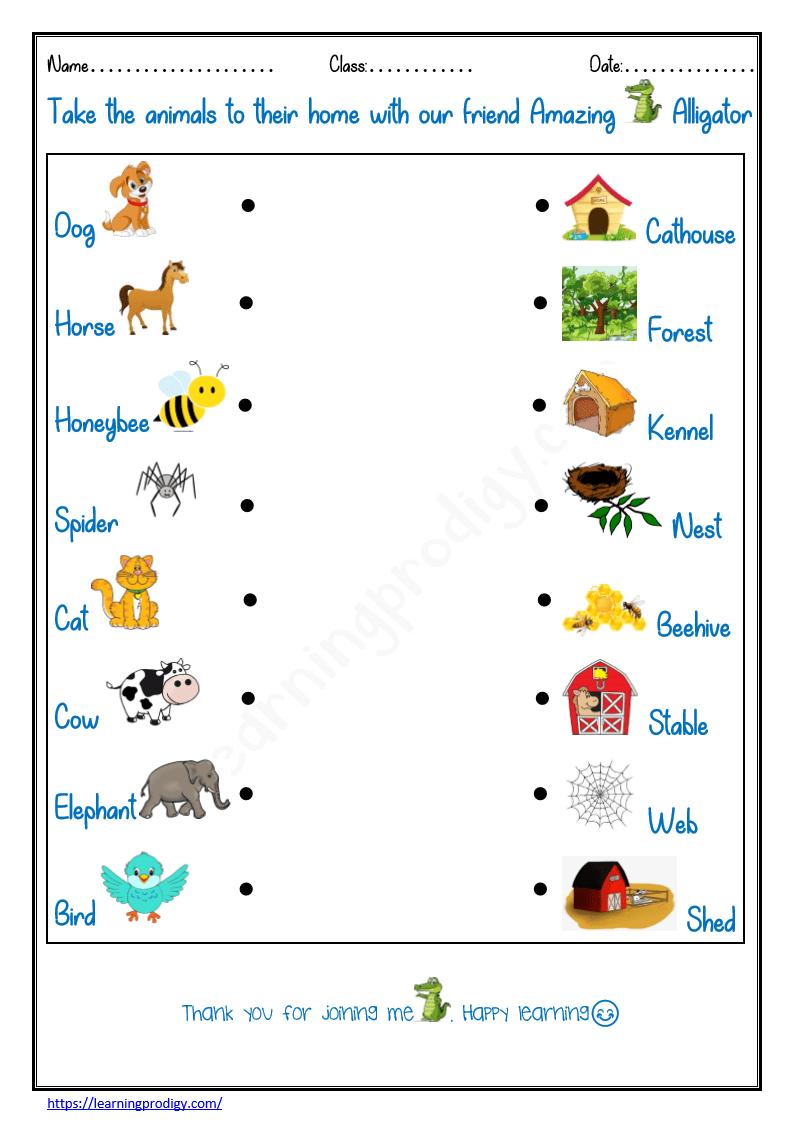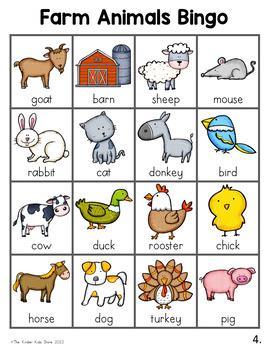
Tutor: Mgt. Marjorie Perlaza


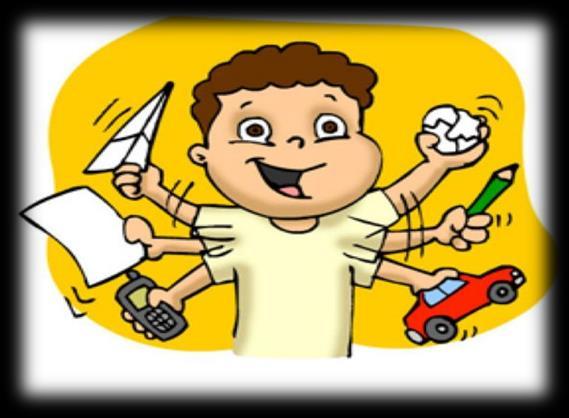

CAREER: PEDAGOGIA DE LOS IDIOMAS
NACIONALES Y EXTRANJEROS
LEVEL: XII




Introduction
Attention deficit disorder and disruptive behavior is a relevant topic in psychology and education, affecting both children and adults. In educational institutions, it is common to find children with this educational need at different levels. For many teachers, it is a challenge, as it is important to find effective and inclusive strategies that help these students in their teaching-learning process.
Definition
Attention deficit disorder,alsoknown asattentiondeficit hyperactivitydisorder(ADHD), is a neuropsychiatric disorder characterized by persistent inattention, hyperactivity, and impulsivity. These symptoms interfere with the normal development or progress of affected individuals. (Benito Lopez, Transtorno por deficit de atencion e hiperactividad, 2020)
Concept
According to (Sulkes, 2022) ADHD is a disorder that affects a person's ability to control impulsive behaviors. It can manifest itself through three subtypes: inattentive, hyperactive-impulsive, and combined.
➢ Hyperactive-impulsive
The hyperactive-impulsive category of ADHD is characterized primarily by manifestations of hyperactivity and impulsivity, with little or no significant inattention.
➢ Hyperactivity
Constant restlessness, difficulty sitting still, excessive fidgeting or talking, and difficulty participating calmly in leisure activities.
➢ Impulsivity

acting without thinking through the consequences, interrupting or butting into others' conversations or games, difficulty anticipating one's turn, and hasty responses before questions are fully formulated.
➢ Combined
ThecombinedsubtypeofADHDisthemostcommonandischaracterizedbythepresence of both inattentive and hyperactive-impulsive disorders. Individuals with this subtype experience a combination of the disorders identified in the predominantly inattentive and hyperactive-impulsive subtypes.
➢ Inattention
Such as making careless mistakes, failing to follow instructions, having trouble organizing tasks and activities, avoiding tasks that require sustained mental effort, losing things needed for tasks, and being easily distracted.
➢ Hyperactive and impulsive activity
Excessive talking, difficulty participating calmly in leisure activities, interrupting or butting into others' conversations or games, acting without thinking about the consequences, and having difficulty waiting one's turn.
Characteristics
The main characteristics ofADHD are:
Inattention
Difficulties in maintaining attention on tasks or activities, making careless mistakes, not following instructions, difficulties in organizing tasks and activities, avoiding or showing exhaustion in tasks that require sustainedmental effort,losing objects necessary for tasks, and being easily distracted by external stimuli.
Hyperactivity

Constantly moving, talking excessively, difficulties in playing or participating calmly in leisure activities, being "on the move" as if "powered by a motor."
Impulsivity
Inability to wait one's turn, interrupting or intruding in others' conversations or games, answering before the question has been finished.
Level
There are three levels of severity based on the impact on the patient's daily life.
Mild: The pathologies are present, but they have a minor impact on daily activities and do not have a significant effect on general functioning.
Moderate: The results obtained are evident and have a significant impact on academic performance, work or social relationships. They interfere in various areas of life.
Severe: The pathologies are intense and have a significant impact on functioning in various areas of life, such as academic performance, social life and general functioning.
Origin
The cause of ADHD remains unknown; however, it is known that it is not attributed to environmental, familial, or social issues, or food allergies.
ADHD is a disorder that is caused by a problem with the links between some neurotransmitters in the brain, such as dopamine and noradrenaline. These neurotransmitters do not function properly in the frontal part of the brain, which is responsible for the so-called executive function. Thanks to the frontal executive system, we are able to start an action and continue it despite distractions. We can also focus our attention on something specific, to inhibit other responses or ideas. The executive system also helps us accomplish two tasks at once without losing the thread. Finally, the

executive system governs impulsiveness and allows us to mentally think about an action before doing it and decide in advance whether we are interested in doing it.
Objective: To learn different ways of presenting themselves and the different animals and their sounds, and the different places in a real context.
CONTENTS
Lesson1: Introducing Myself
Lesson 2: The animals
Lesson 3: Places in the City

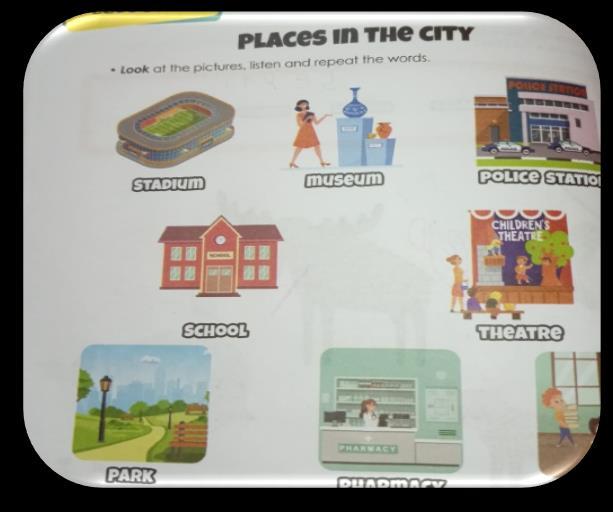
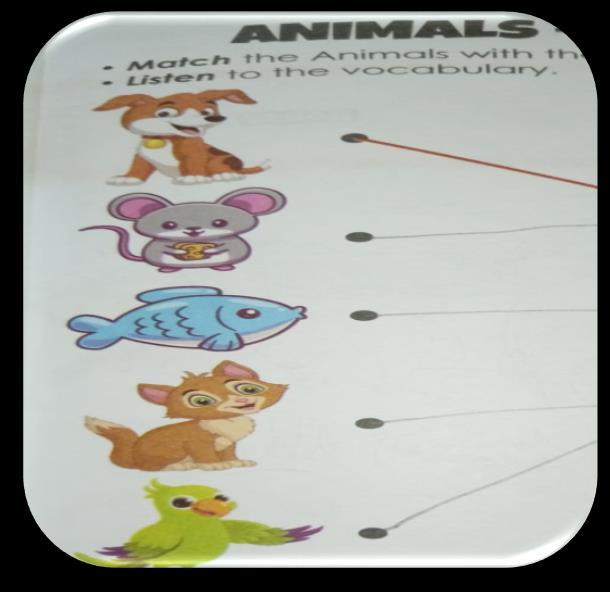
DATE:12th August 2024
TIME:40 Min
LESSON N°:1
GRADE: 3rd
INSTRUCTOR: Mgt. Marjorie Perlaza Rodríguez
UNIT: Unit 1 Introducing Myself
Lesson 1. TOPIC: Introducing Myself
OBJECTIVES: Lesson 1 Students will be able to introduce themselves in English, using basic phrases. Specific objectives:
1. To use simple sentences to say your name, age and interests.
2. To identify and use vocabulary related to personal presentation.
INSTRUCTIONAL AIDS, MATERIALS, OR TOOLS NEEDED
• Vocabulary cards
• markers
• whiteboard
• worksheets with presentation examples.
ACTIVATION/ PRESENTATION
METHODOLOGIES/STRATEGIES
❖ Collaborative work
❖ Learning by doing
LESSON OUTLINE:
❖ Introduction: Presentation of key vocabulary with flashcards.
CONNECTION/ PRACTICE
❖ Guided Practice: Students will complete a worksheet with sentences to fill in.
❖ Role Play: Pairs of students will introduce themselves to each other using learned sentences.
ASSIGNMENT:
❖ Observation during role play and review of worksheets. Evaluate the correct use of phrases.
CURRICULAR ADAPTATION:
Look at Read. Put a tick or a cross about Myself.
DATE:12th August 2024
LESSON N°:2
UNIT: Unit 1 THE ANIMALS
TIME: 40 Min GRADE: 3rd Lesson 2. TOPIC: The animals
INSTRUCTOR: Mgt. Marjorie Perlaza Rodríguez
OBJECTIVES: Lesson 2 Students will learn about different animals and how to describe them in English.
Specific objectives:
1.To identify and name common animals in English.
2.To describe basic characteristics of animals.
INSTRUCTIONAL AIDS, MATERIALS, OR TOOLS NEEDED
• Vocabulary cards
• markers
• whiteboard
• worksheets with presentation examples.
ACTIVATION/ PRESENTATION
METHODOGIES/STRATEGIES
❖ Learning by doing
LESSON OUTLINE:
❖ Introduction: Show pictures and names of animals.
CONNECTION/ PRACTICE
❖ Matching Game: Students match pictures with names.
❖ Description: Complete worksheets describing an animal using simple sentences.
ASSIGNMENT:
❖ Students will identify and name different animals in English while having fun playing. “Animal bingo”
CURRICULAR ADAPTATION:
❖ Draw and paint your favorite animal
DATE:12th August 2024
LESSON N°:3
TIME:40 Min GRADE: 3rd
INSTRUCTOR: Mgt. Marjorie Perlaza Rodríguez
UNIT: Unit 1 Places in the City
Lesson 3. TOPIC: Places of the City
OBJECTIVES: Lesson 3 Students will learn about common places in the city
Specific objectives:
1.To name common places in the city (school, park, store).
2.To identify and locate these places on a map.
INSTRUCTIONAL AIDS, MATERIALS, OR TOOLS NEEDED
❖ Simple maps
❖ place name cards
❖ whiteboard
❖ markers
❖ pictures of places.
LESSON OUTLINE:
METHODOLOGIES/STRATEGIES
❖ Collaborative work
ACTIVATION/ PRESENTATION
❖ Introduction: Introduce common places using cards and show on a map.
CONNECTION/ PRACTICE
❖ Map Activity: Identify and mark places on a simplified map.
❖ Location Game: Work in pairs to find and mark places on a map.
ASSIGNMENT:
❖ Review completed maps and observed ability to identify and locate places. Assess understanding and participation during the location game.
CURRICULAR ADAPTATION:
❖ Look at the pictures and write the names of the places on the city.
